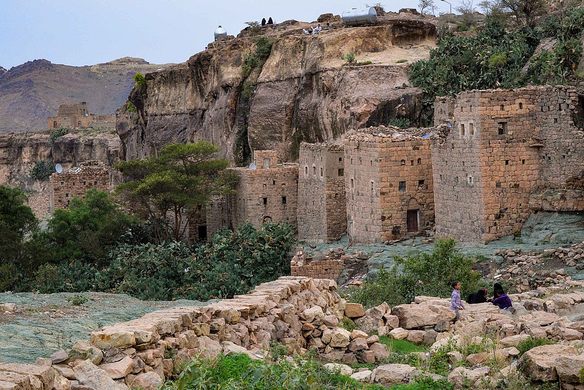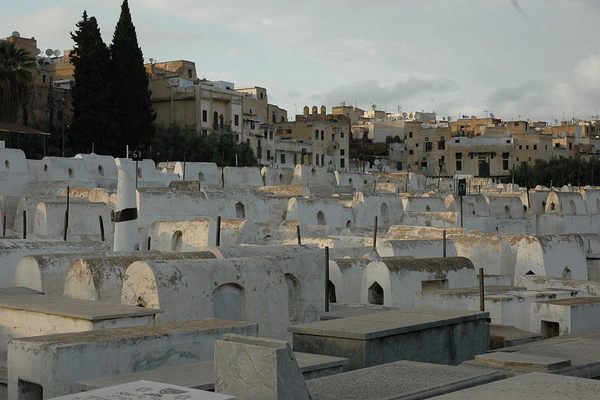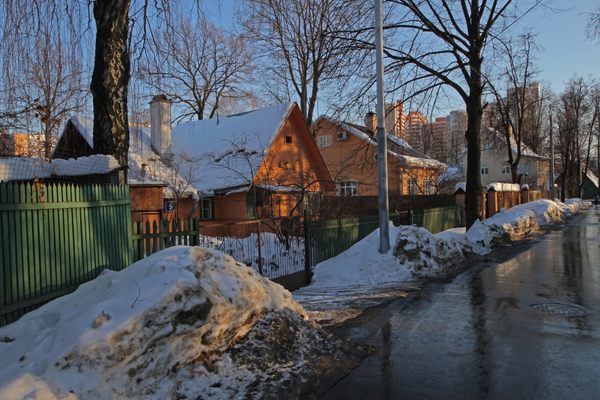Bayt Baws
A nearly abandoned Jewish settlement perched atop a hill in the heart of Yemen.
This nearly abandoned settlement is a perched on top of a hill. It has steep slopes on three sides that acted as a natural defense, leaving only the south side easily accessible, and this is where the only gate to the village is located. None of this is unique, though; you’ll find many similar hilltop villages throughout Yemen.
What makes the village stand out is that it is a largely deserted Jewish settlement in the heart of Yemen. The village was founded by the Bawsites during the Sabaean Kingdom.
When exactly the Jewish community first arrived in Yemen is a matter of contention. One theory holds that King Solomon sent some merchants to Yemen, and some of them settled down. Another theory says Yemeni tribes converted to Judaism after the Queen of Sheba paid a visit to King Solomon. And yet another theory pinpoints the arrival of the Jews in Yemen to 1451 BC. The only certainty is that the oldest archaeological record of a Jewish community residing in Yemen goes back to 110 BC.
But though they’d been living in Yemen for centuries, most of the Yemeni Jewish community relocated to Israel in 1949 and 1950, during Operation Magic Carpet, and some more in 1959, while a minority moved to the United States. More people left the settlement of Bayt Baws in the 1990s, after urbanization caused the city of Sana’a to swallow the land around it.
Today, Bayt Baws consists of neglected mud houses slowly disintegrating and narrow alleys meandering through compound walls. Most gates ushering into the courtyards are open. However, caution should be taken, as parts of the abandoned may be unsafe.
Know Before You Go
The best way to reach Bayt Baws is to hire a taxi from Sana’a. No one is guarding the gate, and anyone can enter Bayt Baws any time. Children from the settlement surrounding Bayt Baws are likely to follow you through the village.















Follow us on Twitter to get the latest on the world's hidden wonders.
Like us on Facebook to get the latest on the world's hidden wonders.
Follow us on Twitter Like us on Facebook